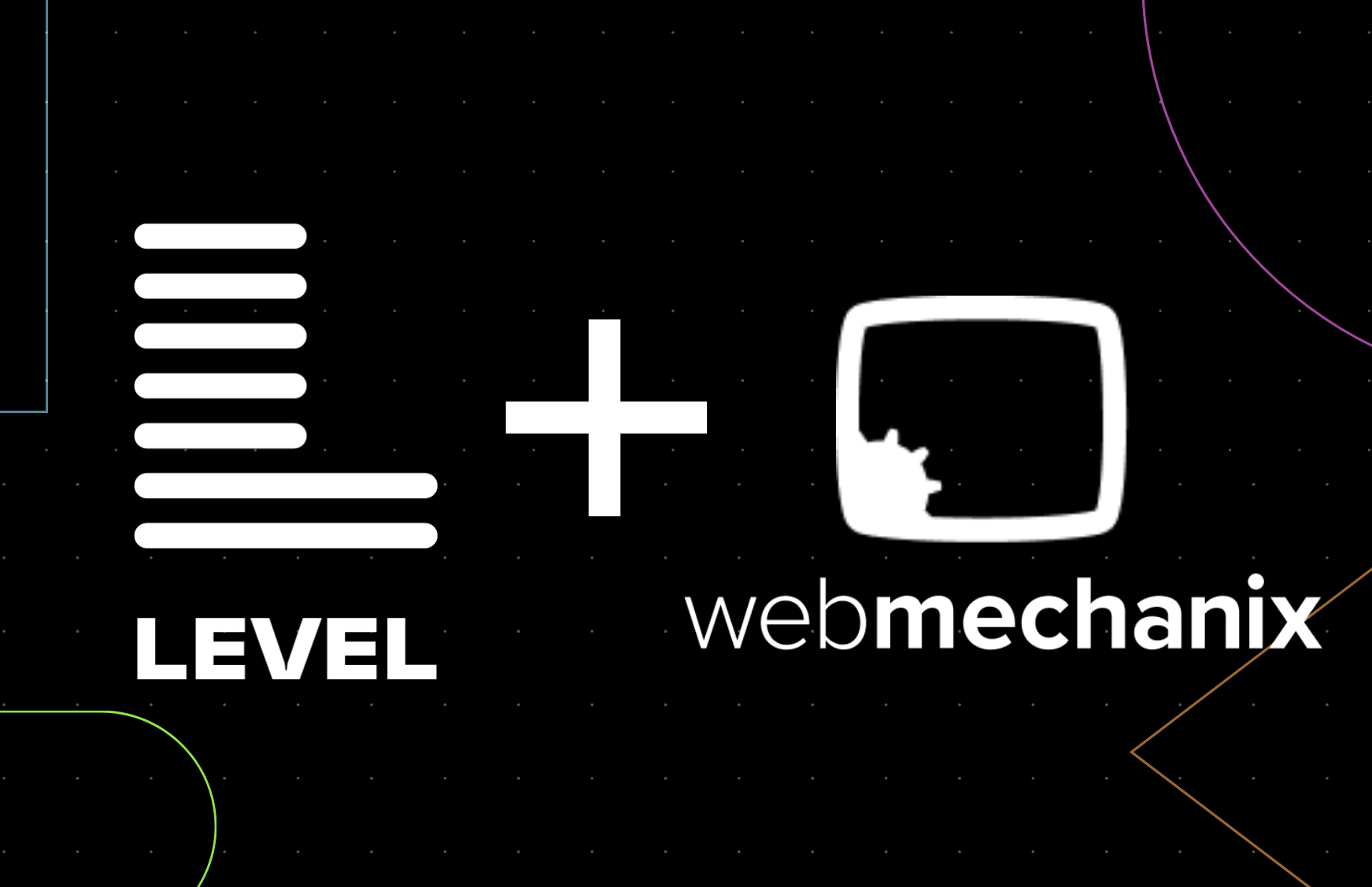Businesses are increasingly integrating AI with human expertise to improve outcomes. For mid-market and enterprise companies, the challenge is to balance human insight with machine-driven efficiency. As a data scientist in a digital marketing agency, I’ve found that starting with the business problem—not the AI tool—is key to success.

1. Start with the Business Problem
Many companies make the mistake of choosing AI tools first and then trying to make them fit. This often leads to wasted resources. Instead, focus on clearly defining the business problem. Once you’ve done that, you can figure out whether AI—or a combination of human input and automation—will provide the best solution.
Consider these questions:
- What specific problem are you trying to solve?
- Is it a lack of scale, predictive capability, or something else?
- How does solving this problem move the needle for your business?
Tip: Always prioritize your business needs before looking at AI tools. This prevents you from adopting solutions that may not fit your goals.
2. Plan the Solution
With the business problem defined, sketch out a solution that outlines both human and AI elements. Consider these key points when planning your approach:
- Manual vs. Automated: Identify which tasks require human intervention and which can be automated.
- AI Performance: What does “good enough” look like for AI? Define success criteria early.
- Ownership: Who is responsible for overseeing the solution? Will this be a centralized or distributed effort?
A clear plan helps you avoid missteps and gives structure to the integration process.
Things to consider:
- Who is responsible for quality control?
- What will success look like?
- What are the risks, and how will you mitigate them?
3. Picture the Final, Scaled Outcome
Before diving into AI tools, think about what the solution looks like at scale. Ask yourself:
- What will the solution look like in a year?
- What obstacles could get in the way of success?
- What’s required for this solution to grow with your business?
Pro Tip: You don’t need all the answers right now. The goal is to get ahead of potential pitfalls and set realistic expectations.
4. Evaluate AI Tools Against Business Needs
Now that you have a clear idea of the business need and your solution framework, it’s time to survey the AI marketplace. By this stage, you should know what the AI needs to do. Keep these points in mind as you evaluate tools:
- Financial Viability: Does the tool offer value for the cost?
- Technical Fit: Does it integrate with your current systems? Can it solve the problem effectively?
- Scalability: Will this tool grow with your business?
Once you have a shortlist, move to a proof of concept (POC).

5. Get Executive Alignment and Buy-In
Before you move forward with your AI initiative, you need to get alignment and buy-in from the right higher ups. That isn’t needed for something small projects – but for big endeavors, make sure the right managers/executives have a realistic, sober view of:
- The problem being solved (importance, difficulty, impact)
- The costs & risks in trying to solve it
- the range of outcomes in trying to solve it (complete failure to full success to murky middle).
Exec buy-in is critical if your proof of concept ends up working, since now people on your team will be expected to adapt and change their ways of working. This step answers the question: “Who’s the partner to help push through the change and ensure compliance?”
6. Develop a Proof of Concept (POC)
A POC lets you test whether the AI tool and your overall process work as expected. Depending on the complexity of your solution, your POC could be a quick trial or a more detailed test requiring investment. Here’s how to approach it:
- For smaller projects: A simple POC may be enough. You’ll quickly know if the tool can handle the problem.
- For larger initiatives: The POC will need more planning. Define success criteria, plan the trial process, and involve the right stakeholders.
Checklist for your POC:
- Have you clearly defined what success looks like?
- Who are the key stakeholders involved in the POC?
- What is the timeline for testing and gathering results?
7. Scale or Refine
After the POC, it’s time for a thorough review. Evaluate the results and consider these questions:
- Did the AI tool and human processes work together effectively?
- Was the business problem addressed?
- Should you scale the solution or refine it further?
If the POC is successful, you might expand the solution to an MVP (minimum viable product) stage. For larger implementations, repeat the planning process and test at scale.
8. Continuous Learning and Iteration
Throughout this process, learning is key. Each step gives you insights that can inform the next one. Whether the AI tool met your needs or not, the exercise often reveals new opportunities. You may also find:
- New business problems that are better suited to AI.
- Emerging AI tools that could provide more effective solutions in the future.
- Lessons learned that can improve future AI implementations.
Start your Journey to Creating An AI-Powered Business
By starting with the business problem and methodically building a solution that integrates AI with human expertise, you can develop smarter, more impactful strategies. AI can enhance your operations, but its success depends on having a clear, structured plan that aligns with your business objectives.
Key Takeaways:
- Always focus on the business problem first, not the AI tool.
- Map out both the human and AI roles before choosing tools.
- Conduct a POC to validate your solution.
- Plan for scaling from the outset, but be ready to iterate based on learning.
By following these steps, you’ll maximize the potential of both AI and human expertise in your organization.








